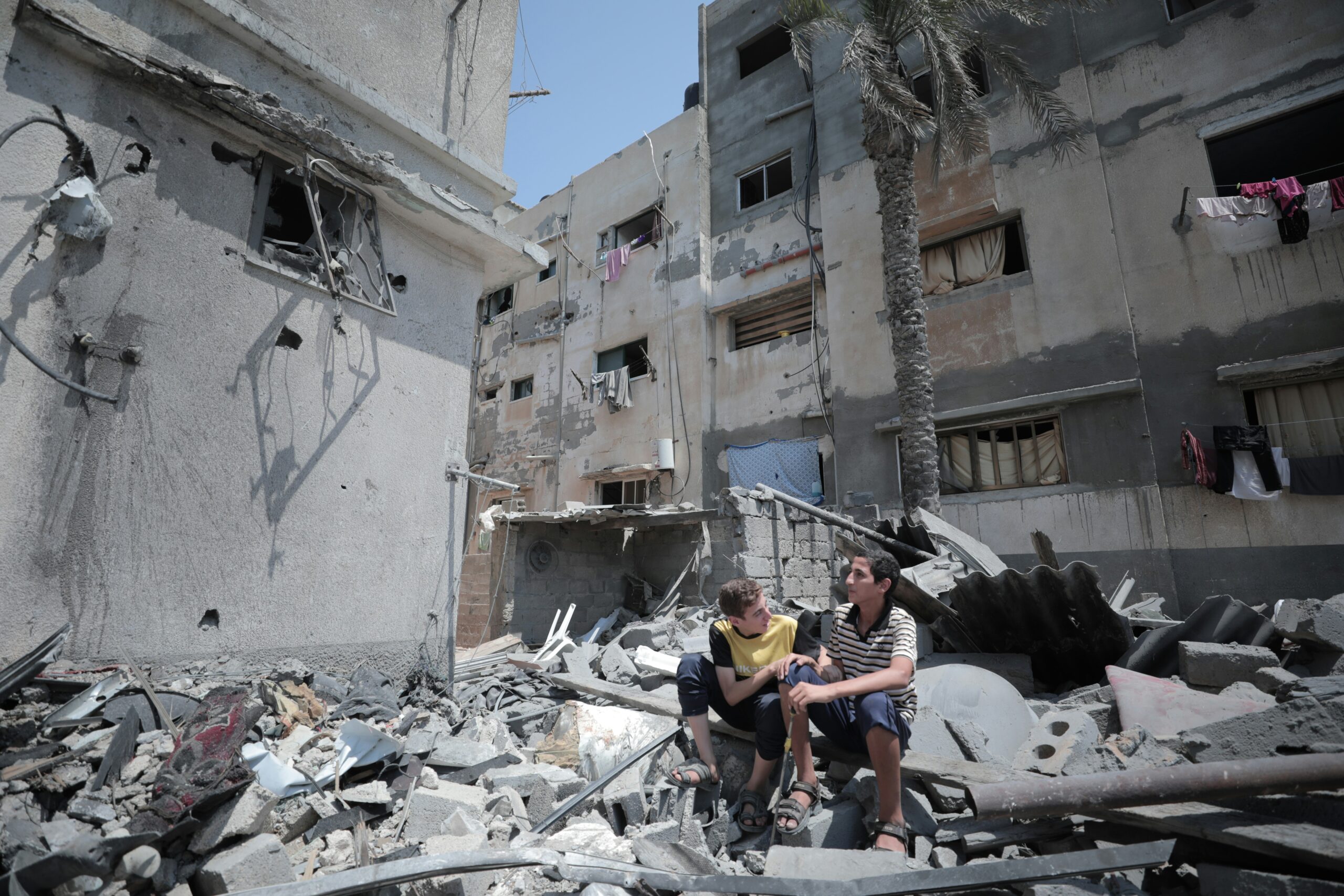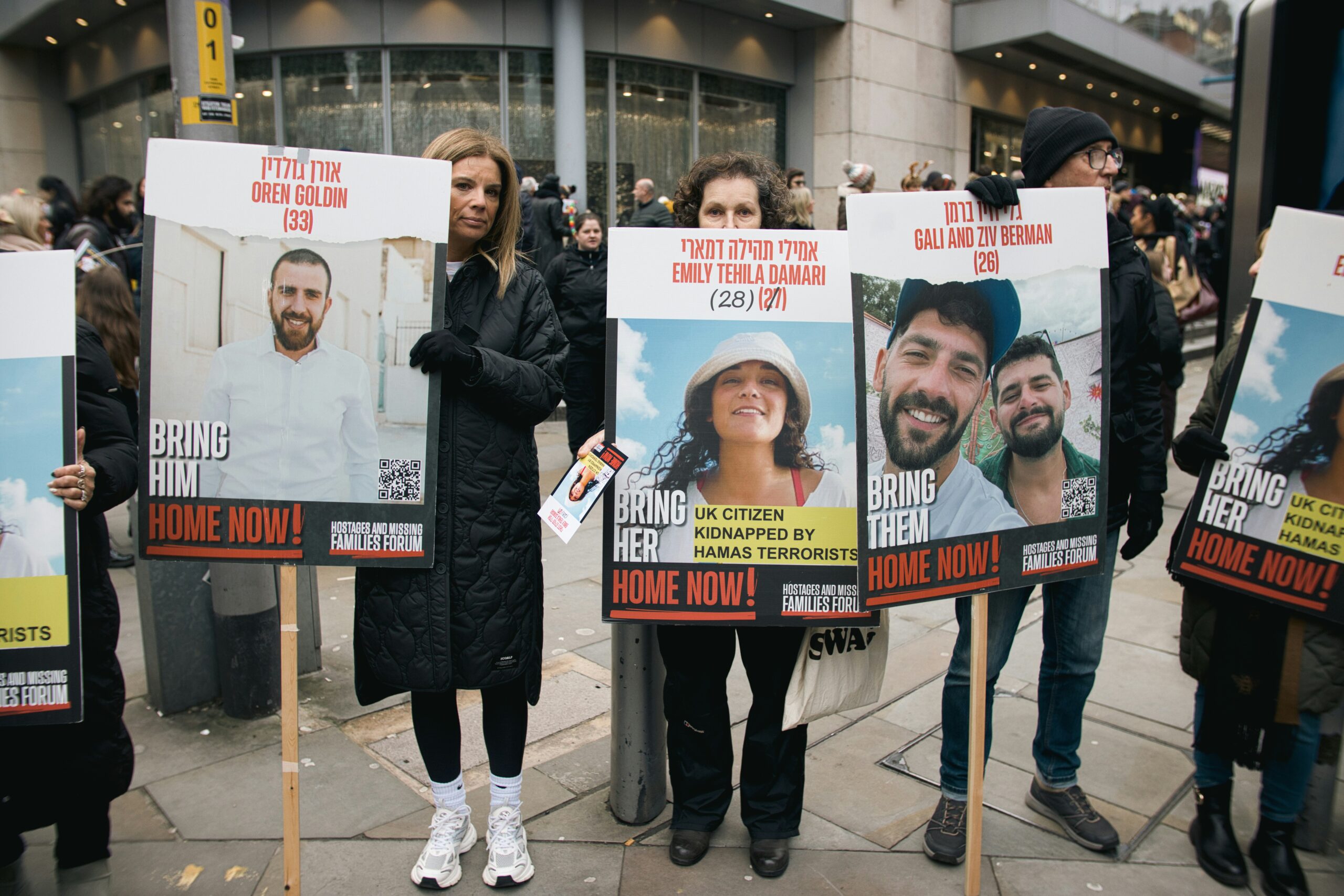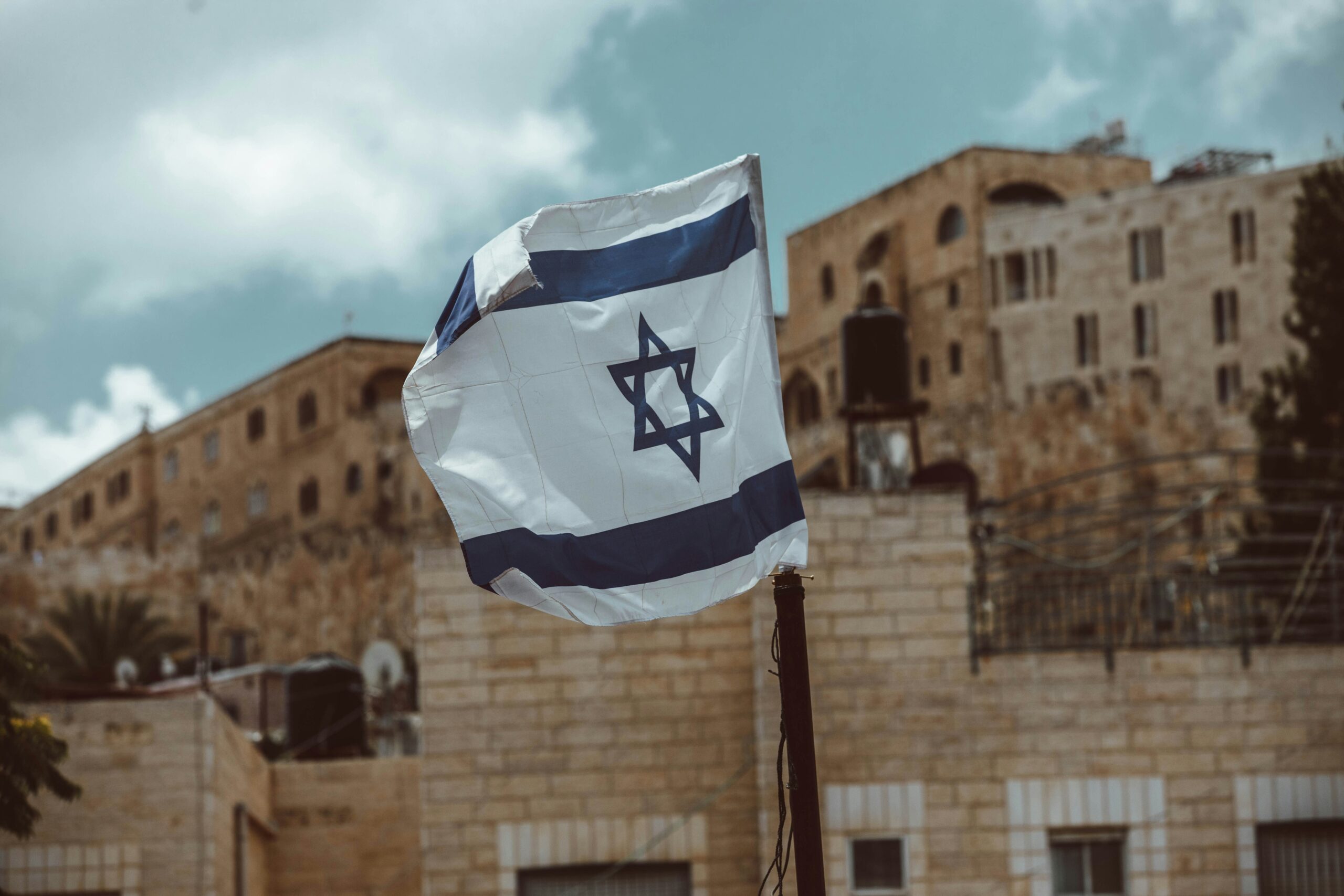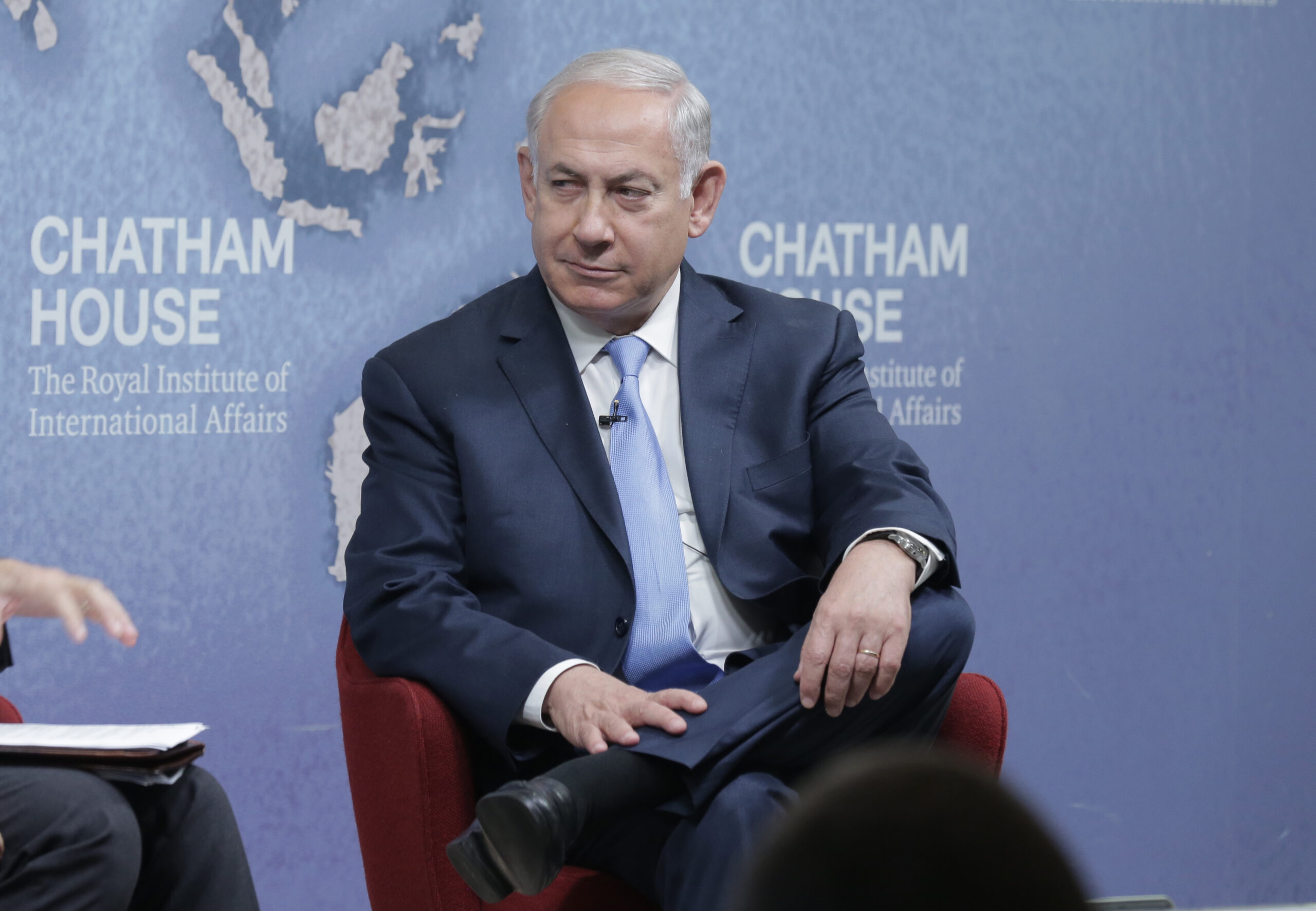For the first time in years, protests have erupted across the Gaza Strip—sparked by the unrelenting Israeli airstrikes and the mounting civilian death toll. In Beit Lahia, Jabalia, Khan Yunis, and Gaza City, thousands of Palestinians took to the streets in late March demanding peace, an end to the siege, a lasting ceasefire, and international attention to what many are calling a slow-motion annihilation.
Chants of “We want peace” and “Stop the war” echoed through streets ravaged by months of bombing. Demonstrators carried white flags, lit candles, and waved handwritten signs pleading with the world to notice their suffering. The protests were primarily calls for survival, a desperate cry from a population enduring blackout conditions, contaminated water, hunger, and the constant threat of death from above.

Though some demonstrators voiced frustration with Hamas’s handling of the crisis and its lack of transparency, the overwhelming demand was for an end to Israel’s bombardment and for the international community to intervene. Placards called on global leaders to act and condemned both the siege and the silence surrounding it.
The immediate trigger was Israel’s March 18 bombing campaign that shattered a fragile ceasefire, killing over 400 Palestinians in days. But the rage has been simmering for months. Families now live in tents or among rubble. Many have lost loved ones multiple times over. The protests are not just about politics—they are a raw expression of grief, exhaustion, and abandonment.
Authorities responded swiftly. Protesters were reportedly dispersed by local security forces in some areas, and activists feared retribution. Still, the crowds returned. Despite danger from both within and beyond Gaza’s borders, people continue to gather—because silence has become more unbearable than fear.
These protests, though small compared to Gaza’s population, are historic. Public dissent in the enclave is rare—and dangerous. The fact that so many risked their lives to speak out reflects how desperate the situation has become. It also signals that Gaza’s civilians are demanding a new voice—one not beholden to factions or foreign powers, but to life itself.
Their message was not for any single group. It was for the world: stop the bombs, end the blockade, and listen.
Author
Discover more from The Crustian Daily
Subscribe to get the latest posts sent to your email.













